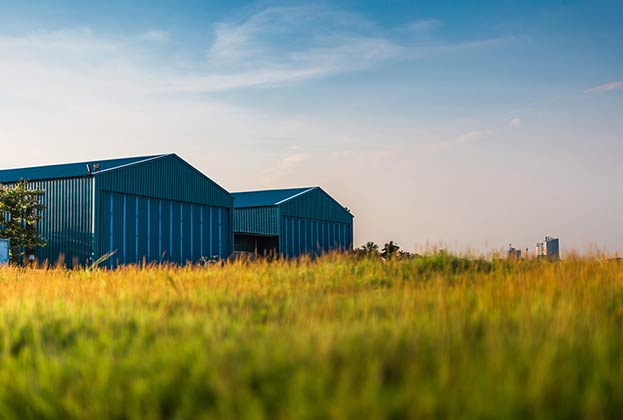Covid-19 has dramatically altered the geography and expectations placed on the UK online retail supply chain. What options are available for warehouse space in rural markets if these trends are sustained?
During the last decade the levels of online retail and the number of people living in cities combined to create a new subsector of industrial property. Driven by increased levels of parcel delivery to the home, office and storage lockers, the urban logistics warehouse needs to be located as close to population centres as possible and also to major road networks to mitigate the traffic congestion associated with city centres. In areas of low warehouse vacancy, rents have increased by almost 100% in less than five years as occupiers scramble to acquire units that improve supply chain efficiency.
The outbreak of Covid-19 put many retail supply chains under pressure, but also gave people the time to reflect on where they want to live and work. Survey data from Savills has demonstrated that residential buyers are now looking for gardens and space for home working as a priority and many of our more rural residential agencies are reporting a surge in requests from people looking to move away from cities.
During 2020 the level of online retail increased to a June peak of 33% of all retail sales, which, combined with the fact that many families chose to spend lockdown away from their normal residence, meant that the geography of logistics in the UK changed significantly.
This report aims to explore the issues around the geography of delivery should we see a sustained increase in the number of people choosing to live in more rural settings. We also examine what options are available to developers and landowners in the countryside to accommodate the potential rise in demand for warehouse space in rural markets.
Read the articles within Spotlight: Rural Logistics below.

.jpg)


